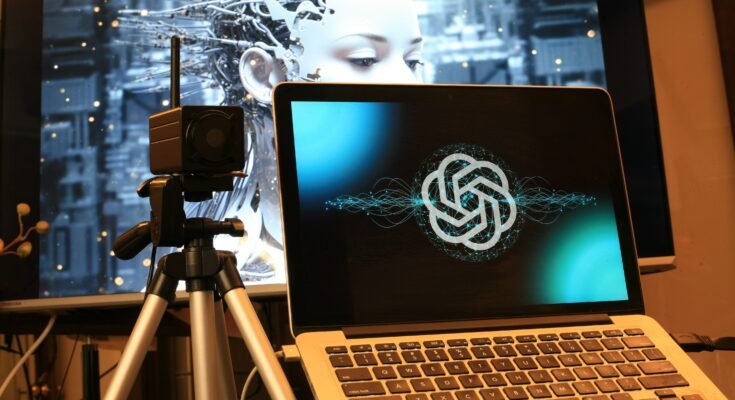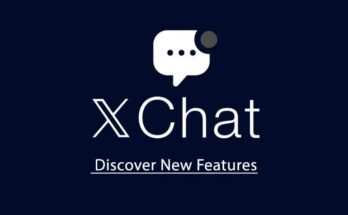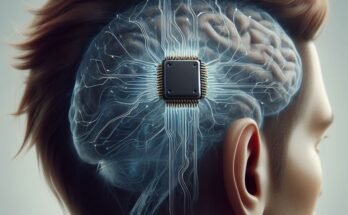In a bold step forward, OpenAI is reinventing the application of AI in every day life by turning ChatGPT into a fully-fledged digital assistant— or as some now call it, a “super assistant”. This is more than chit-chat with Siri, it’s the touchstone for a much more subtle, nuanced and versatile AI that is actively managing tasks not just in a professional setting, but also a creative and personal one.
What’s Changing
So far, ChatGPT has been quite the conversational agent — able to answer questions, write essays, and summarize documents. But OpenAI’s new roadmap puts ChatGPT on a course to evolve into a hub for productivity and daily task management — one that’s deeply interwoven with your devices, data and digital services.
Now, the new version, using OpenAI’s GPT-4o model, has:
Ability to Speak with Real Time response
Vision capabilities for it to see and understand images and screenshots
Memory functions allowing it to remember user preferences and past interactions
Integrated tools to connect with emails, calendars, files, and third-party apps
A True Multimodal Assistant
One important advancement is the ever-increasing multimodality of tools like ChatGPT. This gives it the capacity to receive, listen to and understand not only text, but images, audio, and eventually video. That opens the door to game-changing applications:
- Arranging trips from scanned in pamphlets, calenders and weathers reports
- Homework help, in which students take photos of math work or textbook pages
- Live voice chatting with AI at human like pace
- Live-code assistance, data visualization, and presentation slides
Instead of having to go to several different tools for writing, speaking, image editing, or analysis, they can go to one AI entity that brings it all together in one place.
Why it Matters
The idea of a “super assistant” is not new — Apple, Google, Microsoft and Amazon have been working on smart virtual aides for years. But OpenAI’s approach is novel in that its focus is on conversation-first, AI-native design.
This assistant won’t be limited to information retrieval. It will think through problems, work on projects together and, yes, even proactively offer help — like suggesting changes to a calendar when a meeting runs long, or pointing out inconsistencies in a spreadsheet.
Privacy and Control
With great power comes great worry. OpenAI has also tackled privacy head on: it designed memory features to be transparent and controllable by the user. Users can see, edit and delete what the assistant remembers — making the tool feel personal, rather than invasive.
When Will This Be Available
Most of the features have already been rolling out. GPT-4o is accessible to free and paid users (although Pro users have priority access to advanced features). Real-time voice conversation and a deeper link to files, calendars and applications are excepted to arrive throughout 2025.
Final Thoughts
So, as OpenAI continues to redefine what AI assistance even is, ChatGPT is shifting from a question-and-answer engine into something deeper: A partner in collaboration, a line in the sand between work and play, and a digital whisper in your ear. If the company’s lofty dreams come true, we might soon be living in a world where it becomes as natural and as helpful to interact with A.I. as it would be with a close colleague — and this one never sleeps.




